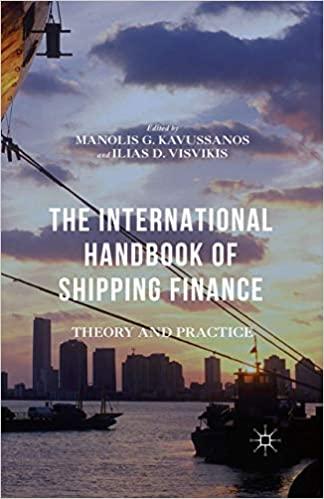Answered step by step
Verified Expert Solution
Question
1 Approved Answer
Two bonds have par values of $1,000. One is a 4.5%, 12-year bond priced to yield 9.0%. The other is a(n) 7.5%, 23-year bond priced

Two bonds have par values of $1,000. One is a 4.5%, 12-year bond priced to yield 9.0%. The other is a(n) 7.5%, 23-year bond priced to yield 6.5%. Which of these two has the lower price? (Assume annual compounding in both cases.) The price, PV, of the 4.5%, 12-year bond is s (Round to the nearest cent.) The price, PV, of the 7.5%, 23-year bond is $0 (Round to the nearest cent) Which of these two has the lower price? (Select the best answer below.) The 4.5%, 12-year bond has lower price of $677.77. The 7.5%, 23-year bond has lower price of $677.77
Step by Step Solution
There are 3 Steps involved in it
Step: 1

Get Instant Access to Expert-Tailored Solutions
See step-by-step solutions with expert insights and AI powered tools for academic success
Step: 2

Step: 3

Ace Your Homework with AI
Get the answers you need in no time with our AI-driven, step-by-step assistance
Get Started


